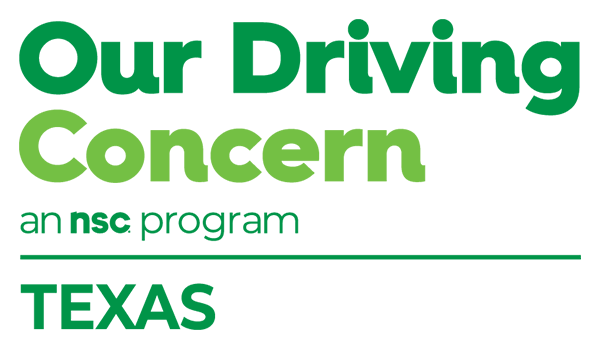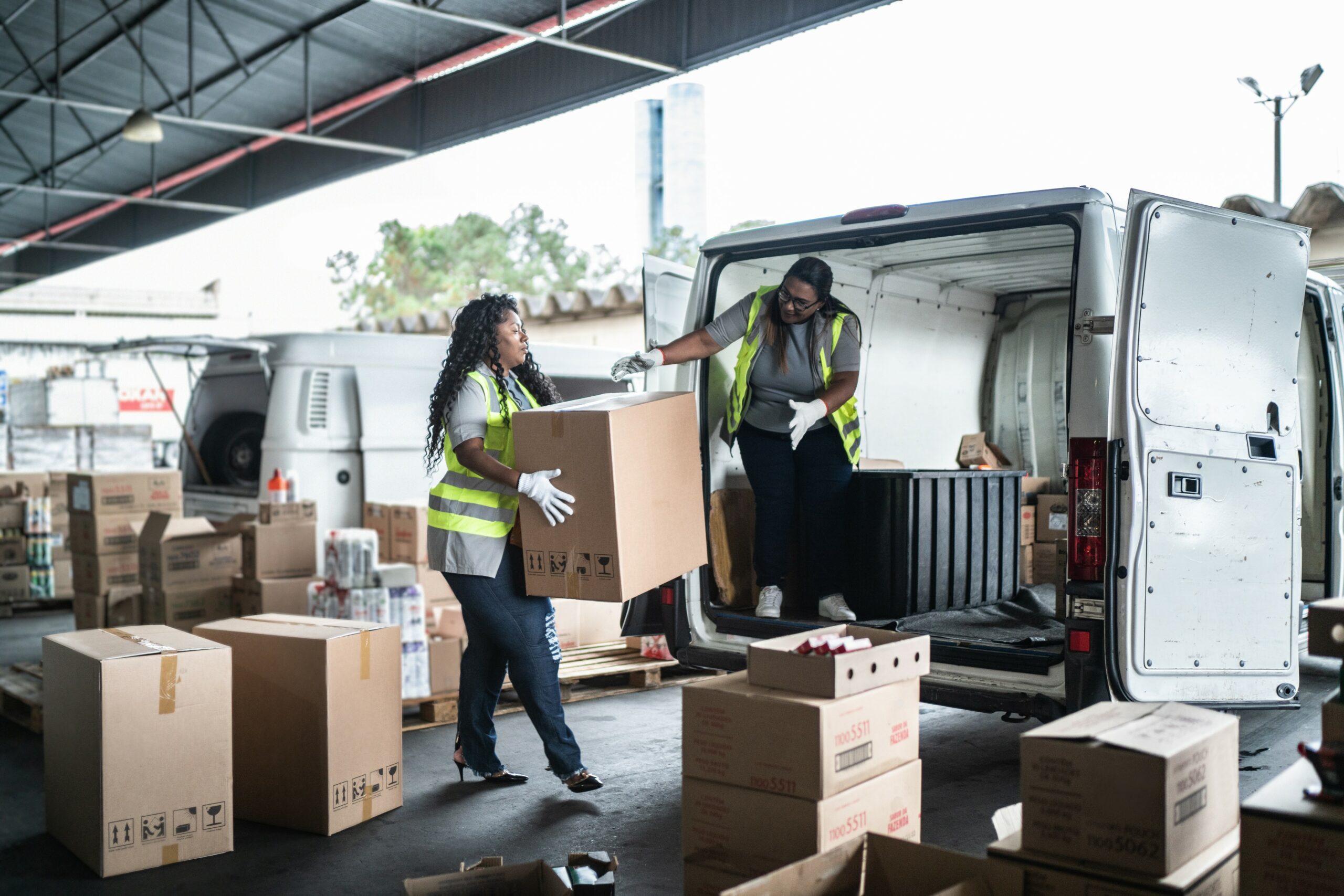Load Up on Safety
Risk managers often focus on “bent metal,” an expression used to describe a fender dented in a backup collision. But the human toll in backup incidents is much greater. In our new backing up safety video, you will be guided through steps to help prevent these incidents, both on and off the job. The goal is to cut costs, and more importantly, prevent injuries and deaths through education and training.
While safety features can be found on many vehicles today, they are meant to assist drivers, not replace them; technology does not remove responsibility for the driver. Make use of backup cameras and blind-spot warning monitors when they are available, but keep in mind, the view from a backup camera lens can become distorted by droplets of rain or blocked completely by splatters of mud. So, before backing up, take extra precautions and make sure your employees follow safe backing practices:
- Do a 360-degree walkaround and check for low-lying objects
- Look over your shoulder and out the side windows to check for other vehicles, pedestrians and bicyclists in blind spots
Be sure drivers operating fleet vehicles or heavy equipment are up to date on your organization’s procedures. Review flagger and spotter requirements.
Download and share this one-minute video: Road Safety: Backing Up. Or, visit our YouTube playlist to get more driver-behavior safety videos. Many are available in English and Spanish.

To Play is To Learn
On average, two kids under the age of 13 are killed in crashes on U.S. roads every day. In 2021, more than 100,000 were injured in crashes, according to the National Highway Traffic Safety Administration. Here are three ways you can prioritize road safety for all users, show your employees how much your care about their families and promote participation in Child Passenger Safety Week (Sept. 17-23):
Car Seat Basics
This is a free online training. Learn how to keep kids safe in rear-facing and forward-facing car seats and how to use booster seats. Get your questions about lower anchor connectors and tether straps answered. Find out when it’s time to transition a child into a seat belt. The course takes about 60 minutes to complete.
Car Seat Basics can be used as:
- Awareness training for parents, caregivers, employees
- A prerequisite for individuals working in a car seat distribution program
- Introductory training for people interested in becoming a child passenger safety technician
- Organizational training for people transporting children
- Staff training for medical, fire/emergency services and law enforcement personnel
Create a free online account and get started with Car Seat Basics. A group delivery method enables course administrators to track staff completions.
Children in Hot Cars
In the last 25 years, 138 children have died in Texas in hot cars, according to noheatstroke.org. Learn the three primary circumstances that have contributed to these fatal incidents and what we can do to prevent more tragedies. Children in Hot Cars is a 15-minute free online training intended as:
- An enrichment option in birthing classes for new parents or babysitter certification courses
- A tool to heighten the safety culture at daycare centers and in other workplace settings
- Organizational training for people transporting children
- Staff training for healthcare providers and first responders
- Community education for child passenger safety technicians
Create a free account and add Children in Hot Cars to your workplace training catalog. Group delivery allows administrators to enroll staff members and monitor their progress.
Tools You Can Use
Get free resources from the National Safety Council, AAA Mountain West Group, NHTSA and Safe Kids Worldwide to support your safety initiatives:
- Educational flyers
- Car seat icons and images
- Fact sheets
- Social media toolkits and high-resolution graphics
All of these items are free and accessible here: Child Passenger Safety Week. Make it a priority to keep kids safe.

